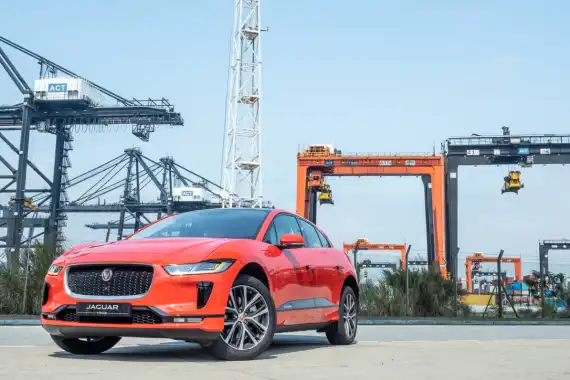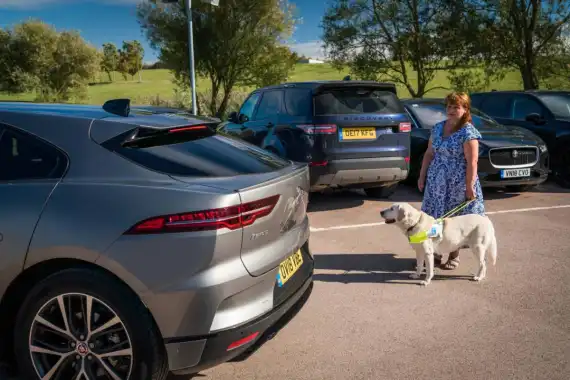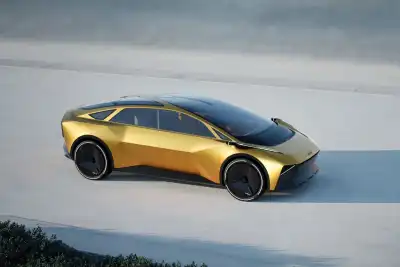
Audible Visual Alert System explained
Fully electric and hybrid electric cars must make fake engine noises so pedestrians, cyclists, and most notably the visually impaired hear them approach from July 1st 2019, European law confirms. The purpose of the rule – that applies to ‘new types’ of vehicle – is to minimise the number of life threatening collisions.
Consider why. A traditional car is only powered by its internal combustion engine. This engine is reasonably noisy – even at low speed. People in close proximity therefore hear it then stay clear.
In contrast, an electric car is powered by a quiet, stealthy electric motor that offers no such warning. And what about a hybrid? This vehicle has a traditional engine plus an electric motor. Whereas the former makes enough noise, at low speed the vehicle might only be powered by its tricky to hear electric motor.
Jaguar I-PACE ahead of the game

The Jaguar I-PACE is a fully electric, high performance sports utility vehicle that is too quiet without artificial noise. Its Audible Visual Alert System is the solution. Expect a hum that ‘reflects the character’ of the vehicle’, Jaguar argues. The noise:
- emerges from a speaker behind the grille
- is audible from 0 to 20 kph (12.4 mph)
- can be heard whether travelling forward or back
- exceeds the 56 decibels required by forthcoming law
- is not audible within the vehicle
- cannot be switched off by the driver
Jaguar’s Audible Visual Alert System does more than make a consistent hum. The noise changes to reflect the behaviour of the car. Pedestrians need to know whether it is accelerating, for example. In this scenario the pitch and volume increase. They decrease as the vehicle slows. The changes are immediately obvious.
Jaguar Technical Specialist, Iain Suffield, confirmed that the system is a necessity. ‘The absence of traditional engine noise from electric vehicles creates a problem for vulnerable pedestrians, such as the blind or visually impaired. This is especially true at low speed in towns and car parks’, he suggested.
Charity welcomes noisy electric cars

Guide Dogs for the Blind commented too. In 2018, it praised the manufacturer for fitting this technology long before it was required by law. John Welsman, Policy Business Partner, emphasised:
‘There are 2 million children and adults in the UK affected by sight loss. That is why Guide Dogs campaigned hard to make it compulsory for quiet vehicles to have sound generating systems built in and switched on – including while stationary at pedestrian crossings. We applaud Jaguar’, John Welsman emphasised.



